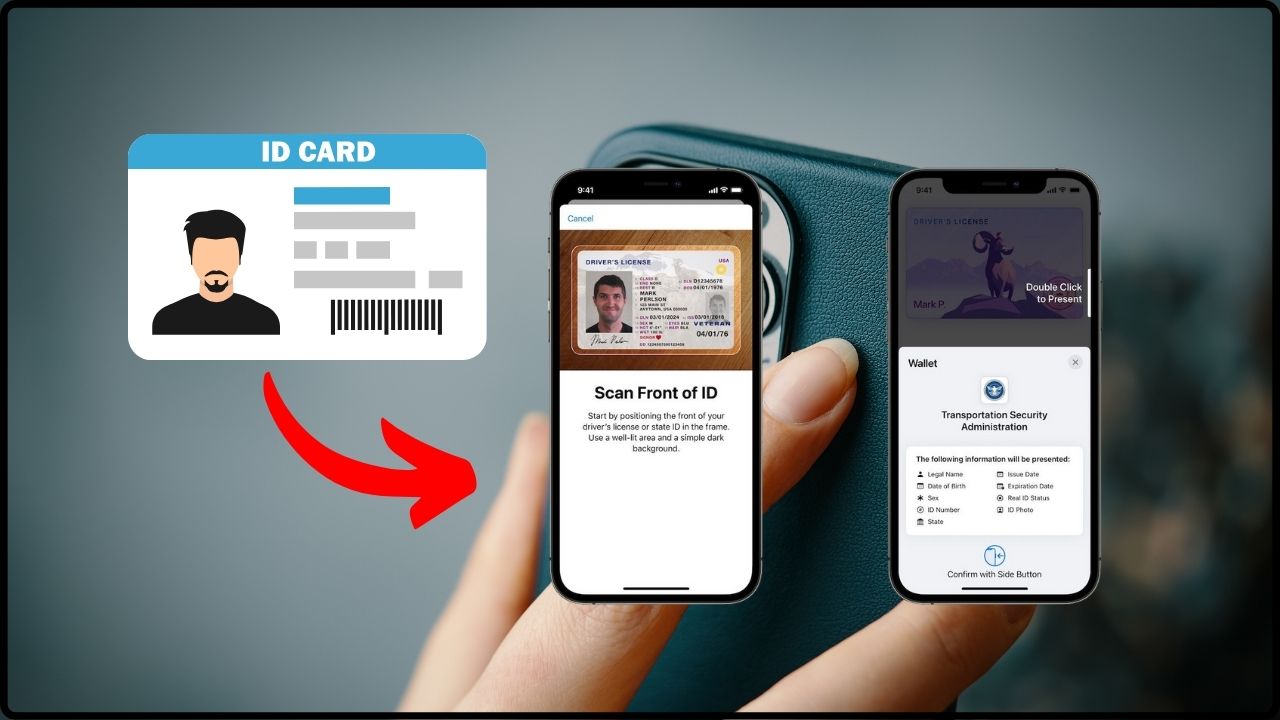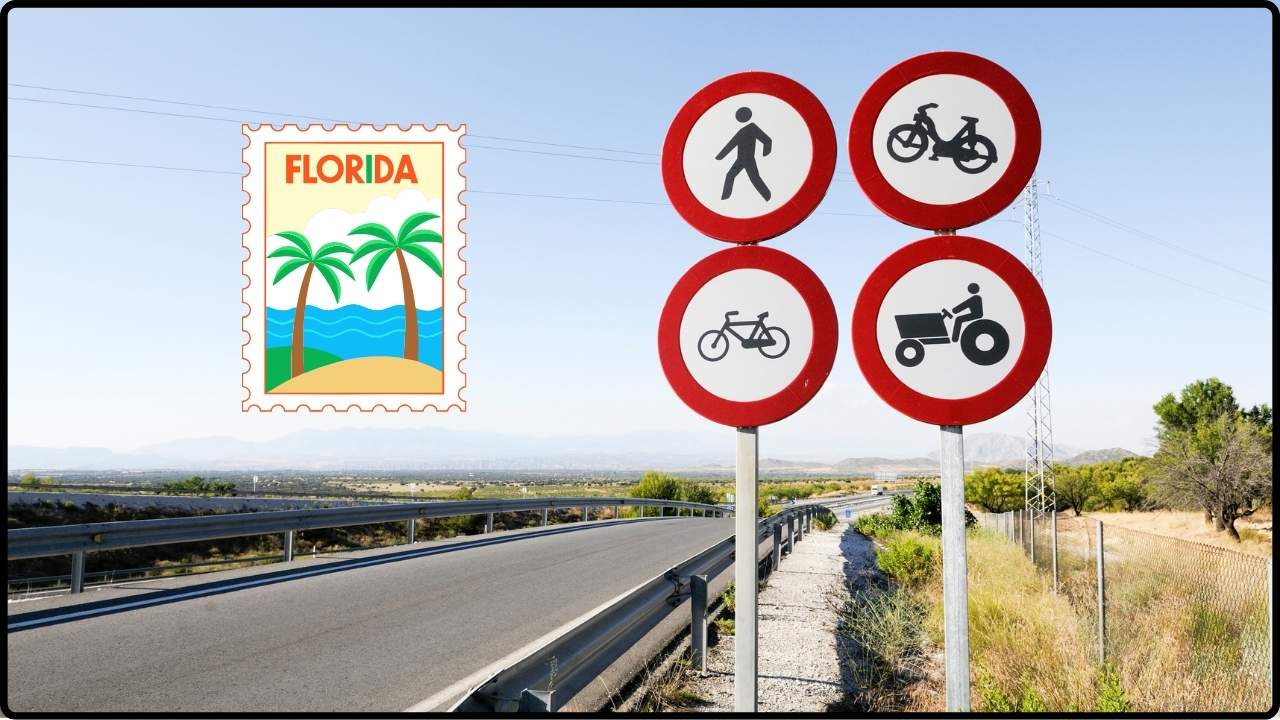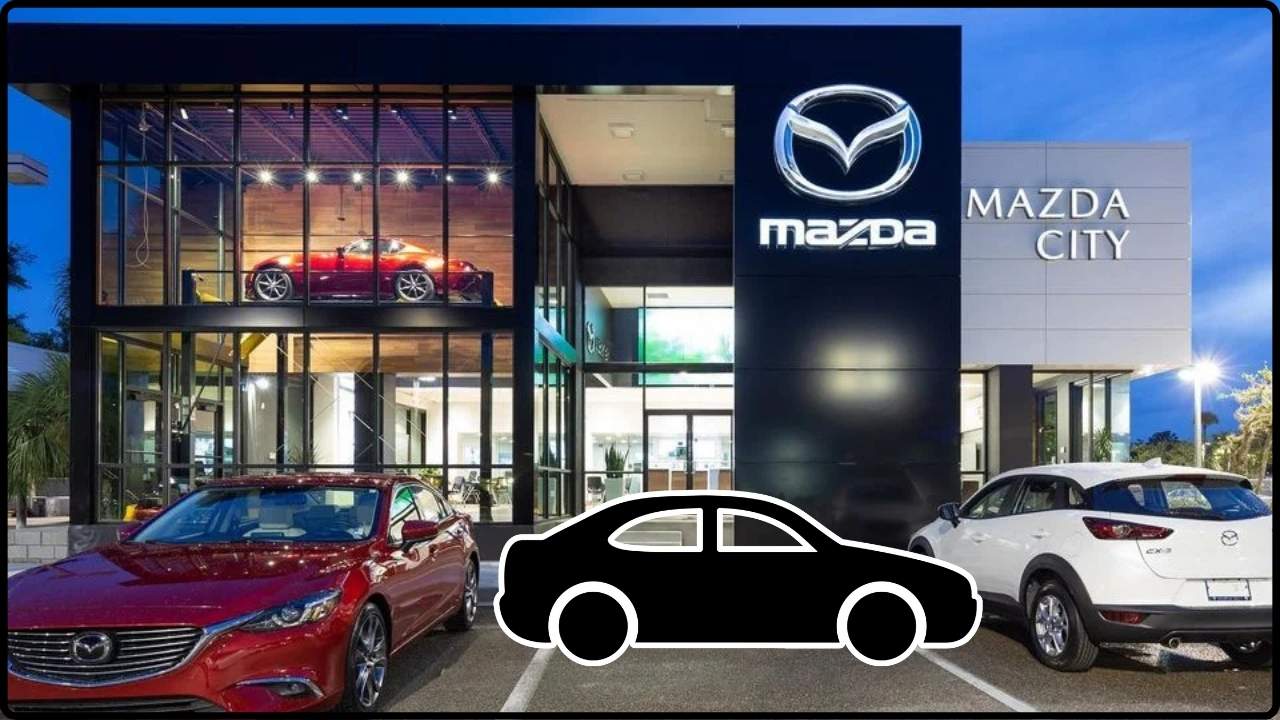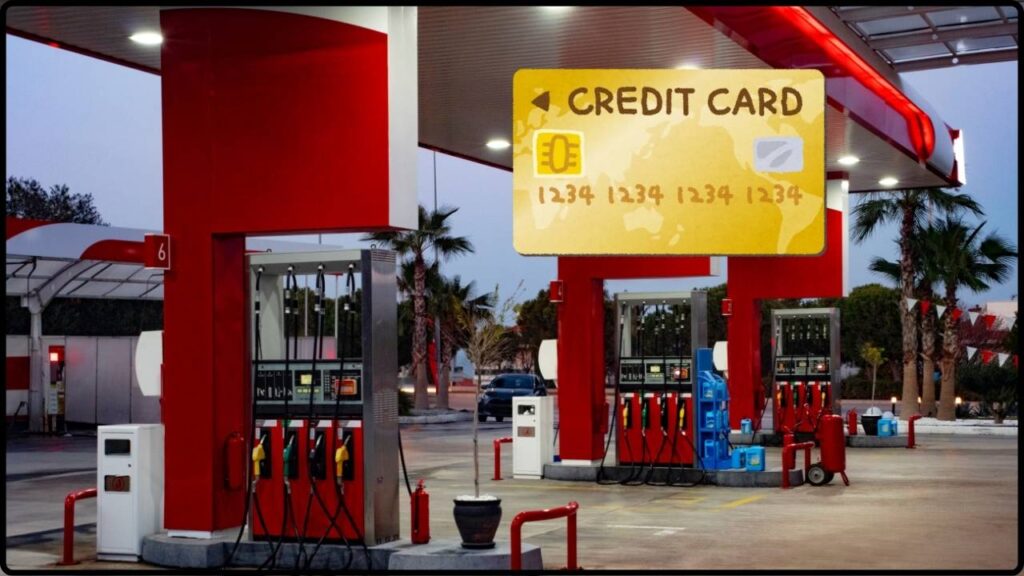
Prepare to Pay an Extra $1 on Credit‑Card Fill‑Ups: When you’re filling up your gas tank and swiping your credit card, you might be shocked to see an extra charge at the pump. In recent months, some gas stations across the United States have been quietly adding up to $1 more per gallon when customers use their credit cards. While this may seem like a rip-off, it’s actually legal. But how did this happen? And more importantly, what can consumers do about it? This article will break down everything you need to know about these extra gas pump charges. We’ll explore why they are happening, where you can expect to see them, and how you can protect your wallet. From surprising statistics to practical advice, we’ll make sure you’re equipped with the knowledge to make smarter decisions at the pump.
Prepare to Pay an Extra $1 on Credit‑Card Fill‑Ups
The extra charge for credit card payments at gas stations is a reality many drivers are facing today. While it can be frustrating to see the price at the pump increase by $1 per gallon, understanding the reasons behind it can help you make smarter choices. By paying with cash, debit, or using the right rewards cards, you can avoid or offset these charges and keep your gas costs in check. Remember to always check for signs at the pump, and stay informed about how payment methods affect the price you pay at the gas station. A little bit of effort can save you hundreds of dollars each year.
| Topic | Details |
|---|---|
| What’s Happening? | Some gas stations are adding an extra $1 charge per gallon for credit card payments. |
| Why It’s Happening | To cover rising credit card processing fees. |
| States Affected | Most states allow these fees, but a few (Massachusetts, Connecticut) regulate them strictly. |
| How It Affects Consumers | An extra $780+ per year for a typical car owner. |
| How to Avoid the Surcharge | Pay with cash, debit, or choose gas stations with smaller surcharges. |
| Potential Savings | Use high-reward credit cards that offer cash back on gas purchases. |
Understanding the Extra Gas Pump Charges
At first glance, paying an extra dollar per gallon might feel like a scam. But gas stations are not making this up out of thin air. These extra charges come from the need to cover credit card processing fees, which have been rising in recent years.
Here’s how it works: when you pay with a credit card, the gas station has to pay a fee to the credit card company, usually around 1.5% to 3.5% of the transaction. In a world where margins for businesses, especially gas stations, are tight, it’s becoming more common for stations to pass some of those costs onto consumers, especially if they are paying by credit card. This is done through an additional fee, which can be as high as $1 per gallon, depending on the station.
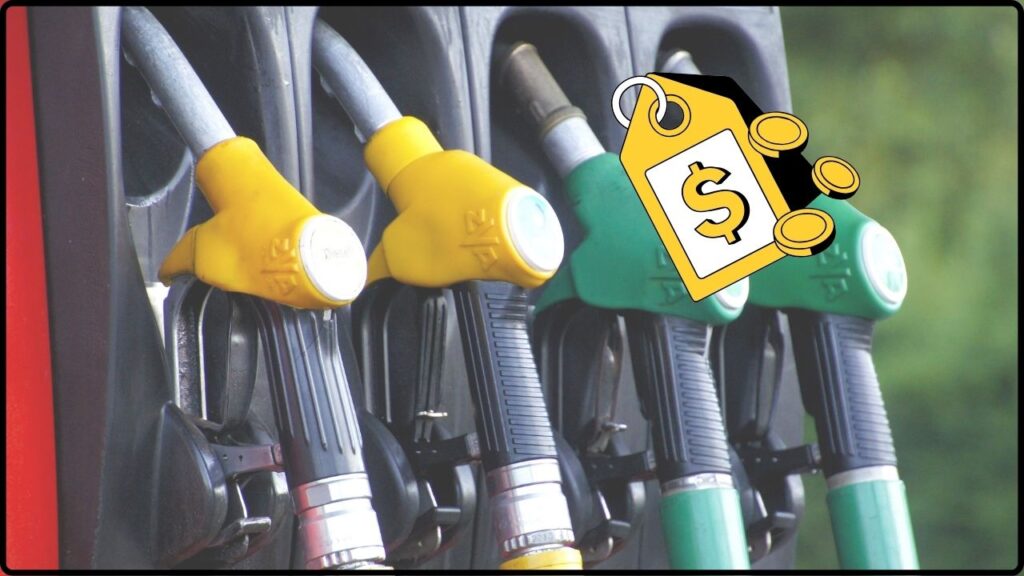
Why Do Gas Stations Use Credit Cards?
In the past, cash payments used to be the primary way customers paid for gas. But today, many consumers prefer the convenience of using credit cards. This shift has been driven by several factors:
- Convenience: With credit cards, customers don’t have to carry large amounts of cash or worry about having the exact amount needed.
- Rewards: Many credit cards offer rewards or cash-back deals, which incentivizes customers to use them at places like gas stations.
- Safety: Credit cards are often seen as safer than carrying cash, reducing the risk of theft for customers.
Gas stations, recognizing these trends, know that most customers prefer to pay by card, even if they incur a small processing fee. However, this fee, combined with already tight profit margins in the industry, has led some stations to raise prices or introduce the surcharges.
Why Are Gas Stations Doing This?
You might be wondering, “Why don’t they just raise the prices of gas overall?” Well, many gas stations rely on credit card payments to stay competitive. When gas prices rise, they often raise their prices at the pump to cover the cost, but raising prices on all customers, not just those using credit cards, can backfire.
Instead, they have found a way to target just the credit card users by introducing an extra charge. This allows them to cover the extra credit card processing fees without alienating those who pay in cash or with debit cards.
The Legal Side of It
While it may feel frustrating, these extra charges are actually legal in most states. According to Visa and Mastercard, merchants are allowed to add a surcharge for credit card payments as long as it is clearly disclosed before the customer pumps the gas.
Some states, however, have laws that restrict or regulate these fees more strictly. For instance, Massachusetts and Connecticut are two states where these surcharges are highly regulated. In some other states, the surcharge must be disclosed in a specific way, and failure to do so can result in fines.
It’s important to note that not all stations charge a surcharge for credit card payments, and those that do often have varying rates. This variability means that the surcharge could be higher or lower depending on the station, and some gas stations may not charge it at all.
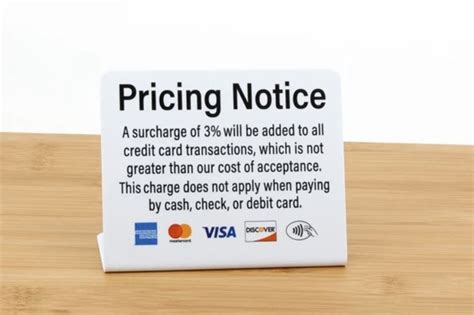
Where Are These Extra Charges Happening?
The extra $1 charge for credit card payments isn’t happening everywhere, but it’s spreading fast in several parts of the country. You’re most likely to see these surcharges in areas with high fuel prices and where gas stations have thinner profit margins.
If you’re traveling in states like California, Texas, or Florida, keep an eye out for signs at the pump or ask the attendant about payment options before you fill up. Some stations may even display the surcharge after you’ve started pumping, leaving you with little choice but to pay it.
This practice has become so widespread that local news outlets have begun to highlight it as an issue. Reports have found that some stations are charging the surcharge without clearly disclosing it to consumers, leading to consumer frustration.
How Much Could This Extra Charge Cost You?
The average car owner fills up their gas tank about once a week. If you’re paying an extra $1 per gallon, you can imagine how quickly it adds up. For instance, if your vehicle holds 15 gallons, that’s an extra $15 every time you fill up. Over the course of a year, that could total over $780 extra, assuming you fill up once a week.
Let’s break it down further:
- 15-gallon tank x $1 surcharge = $15 extra per fill-up
- $15 x 52 weeks = $780 extra per year
That’s a significant amount of money, especially if you’re on a tight budget or if you have a few vehicles in your household. If you drive multiple cars, you could be paying over $1,500 or more per year in extra charges, depending on the number of vehicles you own and how often you fill up.
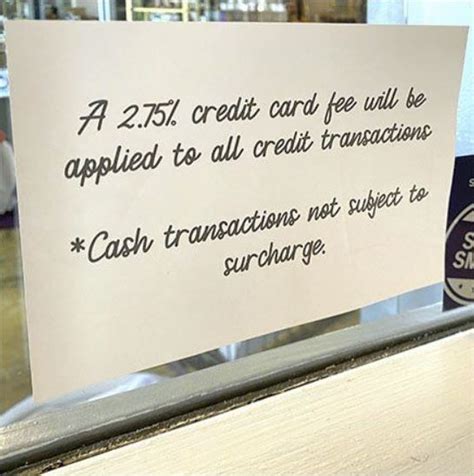
How to Avoid to Pay an Extra $1 on Credit‑Card Fill‑Ups?
So, what can you do to avoid these extra charges? Here are a few options:
1. Pay with Cash
One of the easiest ways to avoid paying the surcharge is to pay with cash. While you may still encounter a higher price for cash transactions at some stations, many stations offer discounts to cash buyers, effectively eliminating the credit card surcharge. Just make sure you have enough cash on hand to cover the cost before you start pumping.
2. Use a Debit Card
Debit cards typically do not incur the same processing fees as credit cards, which means you may be able to bypass the surcharge. However, be aware that using your debit card might result in a large hold being placed on your account, which could affect your balance temporarily. Be sure to monitor your bank account to avoid any surprises.
3. Check for Smaller Surcharges
Not all gas stations charge a full $1 per gallon. Some chains like Shell, Chevron, and Marathon might charge a smaller surcharge (like 5–10 cents per gallon) or none at all. Always check the price on the pump or ask the attendant. If you know your local stations well, you can also map out where the lowest surcharges are located.
4. Use High-Reward Credit Cards
If you can’t avoid the surcharge altogether, consider using a credit card that offers cash back or rewards for gas purchases. Some cards provide 3–5% cash back on gas, which can help offset any surcharge you might pay. It’s an easy way to keep your costs under control while still earning some rewards.
5. Choose Gas Stations with Loyalty Programs
Some gas stations have loyalty programs that offer discounts for repeat customers. By signing up for these programs, you can earn points toward future gas discounts. These programs can help reduce the overall cost of gas, including any extra surcharges for using a credit card. Loyalty members may also receive additional savings or exclusive offers that regular customers don’t.
6. Track Gas Prices Using Apps
Many gas price tracking apps (like GasBuddy, Gas Guru, or Waze) allow you to compare fuel prices across different stations in your area. Some apps also let you filter stations based on whether they charge extra for credit card payments or if they offer discounts for cash. These apps can be a lifesaver when you’re trying to save money on gas.
7. Look for Stations that Don’t Charge Surcharges
If you’re traveling and don’t want to worry about extra charges, look for major gas chains that typically don’t impose high surcharges. BP, Shell, and Chevron are examples of chains that tend to offer reasonable pricing and may not include a surcharge. It’s always a good idea to check with local gas stations or use apps to compare before filling up.
No Gas, No Diesel; Rehlko’s New Engine Shocks America with Bold Electric-Hydrogen Fusion
Not a Hurricane, Not a War—But This Disaster May Spike U.S. Gas Prices Overnight
It’s Official: Japan’s New Zero-Emission Car Could Make Gas-Powered Vehicles Obsolete

